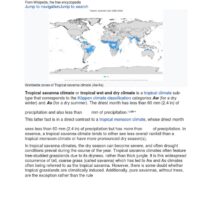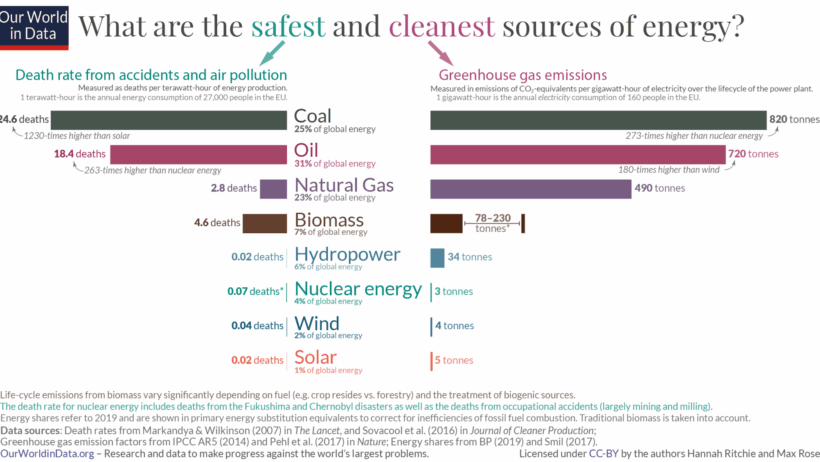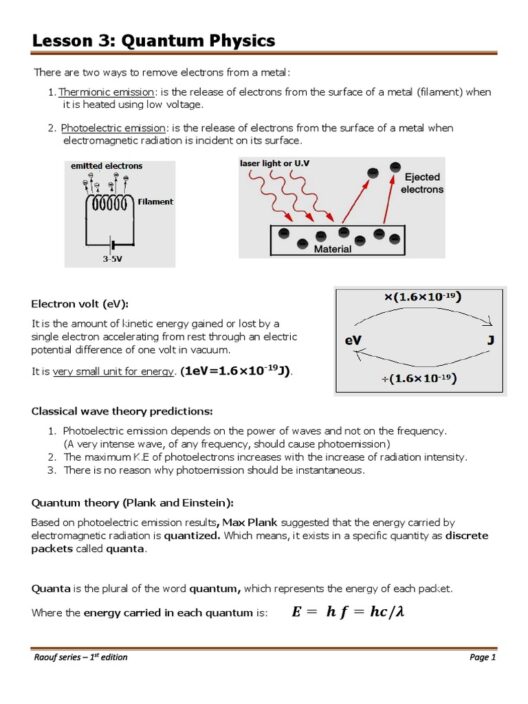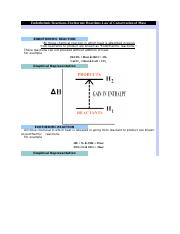The discourse surrounding nuclear energy is often imbued with a sense of ambivalence, oscillating between its prospective benefits and the palpable fears associated with its utilization. As nations grapple with the exigencies of climate change, the need to conserve nuclear energy has garnered attention. An astute understanding of how to balance power generation with safety considerations is of paramount importance in ensuring that nuclear energy remains a viable component of the global energy matrix.
At its core, nuclear energy is produced through a process known as nuclear fission, where atomic nuclei are split to release vast amounts of energy. This energy is harnessed to generate electricity—an essential commodity in the modern world. However, the shadows cast by historical incidents, such as Chernobyl and Fukushima, render the conversation about nuclear energy fraught with trepidation. Consequently, effective conservation of nuclear energy must encompass strategies that not only optimize power generation but also mitigate safety risks.
To conserve nuclear energy effectively, one must consider a multi-faceted approach that involves technological innovation, regulatory frameworks, public perception, and international collaboration.
Technological Innovation
First and foremost, technological advancement plays a crucial role in the conservation of nuclear energy. The development of next-generation nuclear reactors—such as small modular reactors (SMRs) and molten salt reactors—promises to enhance safety while improving efficiency. SMRs, for instance, are designed to be built in factories and transported to sites for assembly. Their smaller size allows for better control of safety measures and can significantly reduce the risk of catastrophic failures.
Furthermore, innovative safety systems that automatically shut down reactors in the event of anomalies, combined with passive safety features that function without external power supply, contribute to a reduced risk profile. The integration of artificial intelligence in monitoring systems can further enhance operational efficiency. AI can predict maintenance needs, thereby extending the lifespan of nuclear facilities and maximizing energy output. The juxtaposition of cutting-edge technology with traditional nuclear power generation underscores a fascinating evolution, marrying old methodologies with new innovations to address contemporary energy demands.
Regulatory Frameworks
The regulatory landscape governing nuclear energy is another pivotal area impacting its conservation. Constructing a robust regulatory framework that balances stringent safety measures with the need for operational flexibility is essential. Regulators must facilitate an environment conducive to innovation while ensuring that safety remains the preeminent concern.
Streamlining licensing processes can significantly expedite the deployment of advanced nuclear technologies. By reducing unnecessary bureaucratic hurdles without compromising safety standards, regulators can foster an ecosystem where new technologies can flourish. Additionally, continuous engagement with stakeholders—including the public, industry experts, and environmentalists—ensures that diverse perspectives are heard and considered in policy-making. Such transparency can also help to build public trust, an indispensable element in the perception of nuclear energy.
Public Perception and Education
Perhaps one of the most formidable barriers to nuclear energy conservation is the societal perception of its safety and environmental impacts. Misconceptions and fear often stem from a lack of understanding of nuclear science. Increasing public awareness through educational programs is vital in demystifying nuclear energy, allowing individuals to engage in informed discussions regarding its safety and efficacy.
Initiatives to showcase the safety advancements in nuclear technology can reshape public attitudes. Community engagement programs can invite citizens to tour facilities and gain first-hand knowledge about operational practices. When people comprehend the stringent safety protocols and advancements in technology, their inherent fears may begin to dissipate.
Moreover, highlighting the environmental benefits of nuclear energy, particularly its low greenhouse gas emissions, can provide a compelling counter-narrative. In a world increasingly besieged by climate change, emphasizing nuclear energy as a critical player in reducing carbon footprints may engender broader support for its conservation. For instance, many nations are considering nuclear power as a means to meet their climate goals, fostering a broader societal acceptance.
International Collaboration
The challenges associated with nuclear energy transcend national boundaries, necessitating international collaboration. Global partnerships can foster the sharing of best practices and innovations while promoting a culture of safety. By working together, countries can establish unified safety standards and protocols, enhancing the overall safety of nuclear energy worldwide.
Moreover, international collaborations can facilitate the exchange of knowledge regarding waste management, a prominent concern associated with nuclear energy. Developing sustainable waste management strategies through joint research initiatives can allow nations to address public concerns effectively. For instance, the sharing of geological repositories for spent nuclear fuel could mitigate the perception of risk while proving economically beneficial.
Conclusion
Conserving nuclear energy amid safety concerns is a manageable task but requires a concerted effort across various sectors. Technological innovation, regulatory frameworks, public perception, and international collaboration collectively weave the tapestry of nuclear energy conservation. As nations endeavor to meet their energy needs while combating climate change, the balance of power and safety will remain an intricate challenge. Yet, with an informed populace and a commitment to safety and innovation, nuclear energy can and should occupy a vital role in our global energy portfolio. Sustainable energy solutions that harness nuclear power provide an opportunity to forge a pragmatic path forward in the face of mounting environmental crises.








